Too late for this Hemlock?
kim_dirtdigger
17 years ago
Related Stories
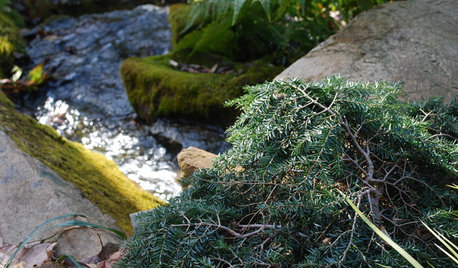
GARDENING GUIDESGreat Design Plant: Tsuga Canadensis ‘Bennett’
Bennett Canadian hemlock thrives in shade and provides sculptural interest in eastern U.S. gardens
Full Story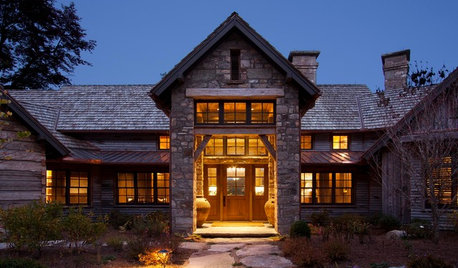
RUSTIC STYLEOld Southern Highlands Style for a New North Carolina Retreat
Antique woods add a sense of history to a gracious part-time home in the Blue Ridge Mountains
Full Story
GARDENING GUIDESBackyard Birds: Northern Cardinals in the Snow, and Other Red Birds
Brilliant crimson feathers make these friends stand out in a crowd
Full Story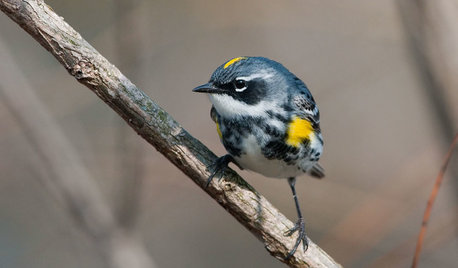
GARDENING GUIDESBackyard Birds: The Wonder of Warblers
These small, dynamic birds call North America home, with the yellow-rumped warbler flocking to every U.S. state
Full Story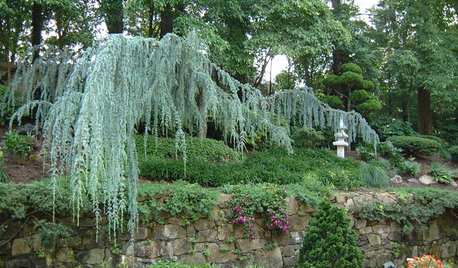
GARDENING GUIDESGreat Design Plant: Cedrus Atlantica ‘Glauca’
With its blue foliage and variety of shapes, blue atlas cedar earns its place in the sun
Full Story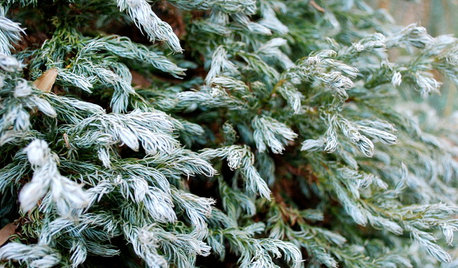
GARDENING GUIDESGreat Design Plant: Chamaecyparis Pisifera ‘Curly Tops’
Curly Tops sawara cypress brings great color, texture and shape to the garden — and its size is easily manageable
Full Story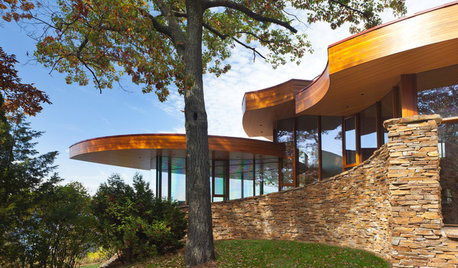
CONTEMPORARY HOMESHouzz Tour: Stunning Curved Architecture Rises Among the Trees
You can see the love of nature and organic shapes at first glance. Look more closely at this Wisconsin home and you’ll also see amazing flow
Full Story
SAVING WATERHouzz Call: Are You Letting Go of Your Lawn?
Many facing a drought are swapping turf for less thirsty plantings. If you’re one of them, we’d like to hear about it
Full Story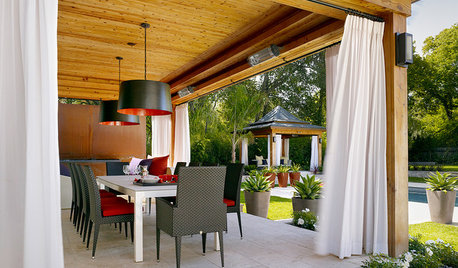
PATIOSGet Backyard Privacy the Subtler, Stylish Way
Why settle for a hulking brick wall when plants, screens and other refined backyard dividers do the job with panache?
Full Story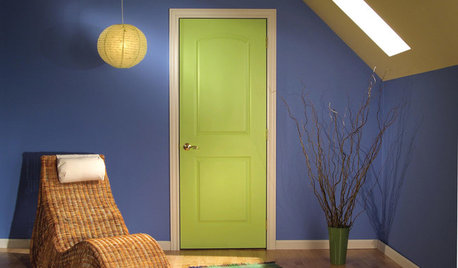
GREAT HOME PROJECTSUpgrade Your House With New Interior Doors
New project for a new year: Enhance your home's architecture with new interior doors you'll love to live with every day
Full Story






ken_adrian Adrian MI cold Z5
spruceman
Related Professionals
Citrus Heights Landscape Architects & Landscape Designers · Jennings Landscape Architects & Landscape Designers · Saint Louis Park Landscape Architects & Landscape Designers · Hartford Landscape Contractors · Byram Landscape Contractors · Kerman Landscape Contractors · Miller Place Landscape Contractors · Pahrump Landscape Contractors · Seminole Landscape Contractors · Seven Hills Landscape Contractors · Shirley Landscape Contractors · Vallejo Landscape Contractors · Vineyard Landscape Contractors · West Coon Rapids Landscape Contractors · North Aurora Landscape Contractorskim_dirtdiggerOriginal Author
wisconsitom
spruceman
ken_adrian Adrian MI cold Z5